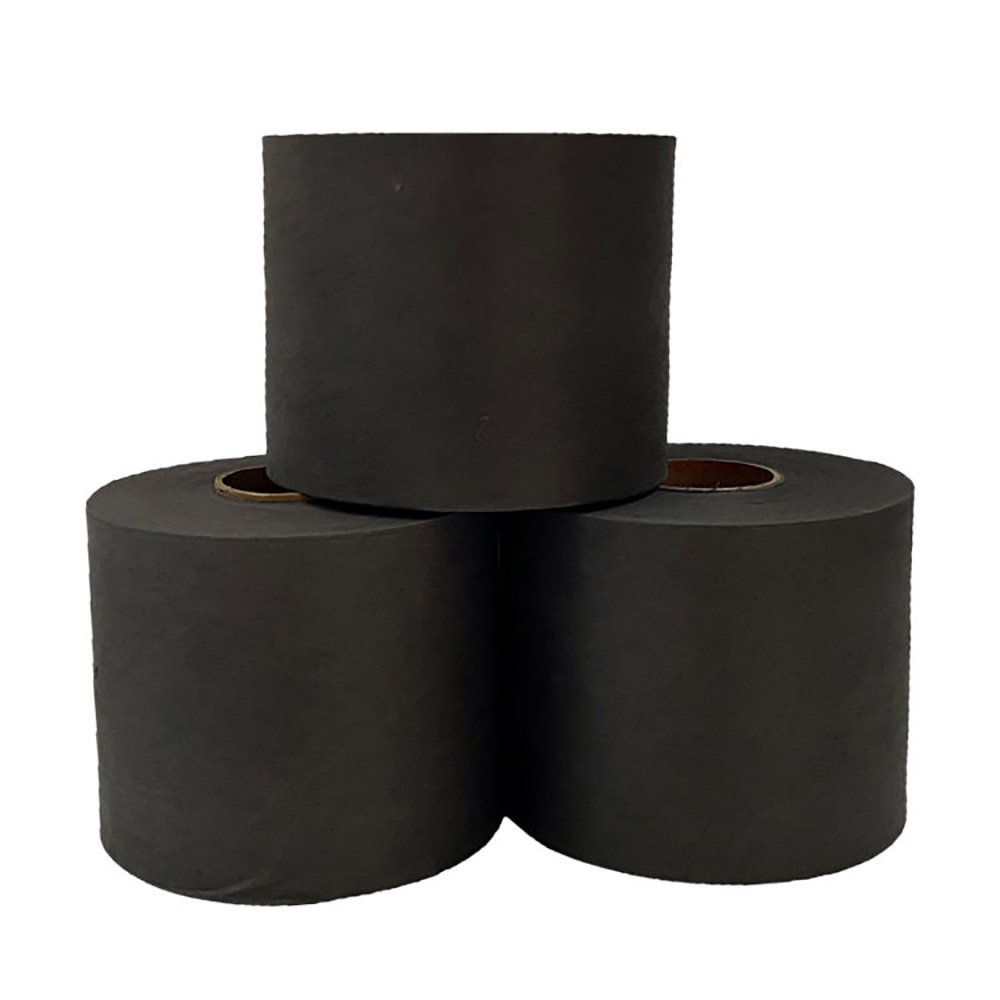
- +8613859957860
- [email protected]
- No.11 Shuangfu Road, Tong’an District, Xiamen, China
Needle-punched nonwoven fabric is one of the most versatile and durable materials in the textile industry. From geotextiles to filtration systems, its applications are both innovative and essential. This guide dives deep into the world of needle-punched nonwoven fabrics, explaining how they’re made, their benefits, and why they’re a game-changer in multiple industries. Whether you’re a manufacturer, designer, or simply curious, this article will illuminate the value of this remarkable material.
Needle-punched nonwoven fabric is a textile made by mechanically interlocking fibers without weaving or knitting. Unlike traditional fabrics, it uses a needling process to bond the fibers, creating a dense and durable material.
This fabric is often chosen for its unique strength and flexibility, making it ideal for applications like geotextiles, filtration, and insulation.
The production process for needle-punched nonwoven involves several stages:
Table: Comparison of Needle-Punched and Traditional Fabrics
| Aspect | Needle-Punched Fabric | Traditional Fabric |
|---|---|---|
| Production Process | Needling and bonding | Weaving or knitting |
| Strength | High | Variable |
| Flexibility | Excellent | Moderate |
| Customization Options | Extensive | Limited |
Needle-punched fabrics stand out due to their exceptional strength-to-weight ratio. Unlike woven textiles, these fabrics maintain durability while being lightweight.
Geotextiles are one of the most common uses for needle-punched nonwoven fabrics. These materials play a critical role in infrastructure projects like roads, railways, and drainage systems.
Filtration is another major application for needle-punched textiles. Their porous structure allows for effective separation of particles, making them ideal for liquid and air filtration systems.
Polypropylene is widely used in the production of needle-punched fabrics due to its lightweight, strong, and chemical-resistant properties.
Polyester fibers contribute to the durability and flexibility of needle-punched textiles. They are often blended with other fibers to enhance specific properties.
Needle-punched fabrics are not the only type of nonwoven materials. They compete with spunbond, meltblown, and thermal-bonded textiles in various markets.
Table: Comparing Nonwoven Fabric Types
| Fabric Type | Key Features | Primary Use |
|---|---|---|
| Needle-Punched | Strong, customizable, and durable | Geotextiles, filtration |
| Spunbond | Lightweight and uniform | Medical, hygiene products |
| Meltblown | Fine fibers, excellent filtration | Face masks, air filters |
Sustainability is a growing concern, and needle-punched fabrics contribute positively due to their recyclable materials and energy-efficient production methods.
When choosing a needle-punched nonwoven fabric, consider the following:
Finding the right supplier is crucial. Look for companies with: